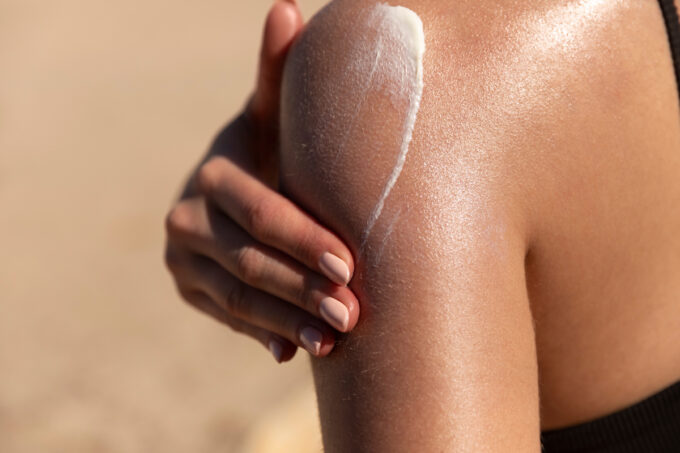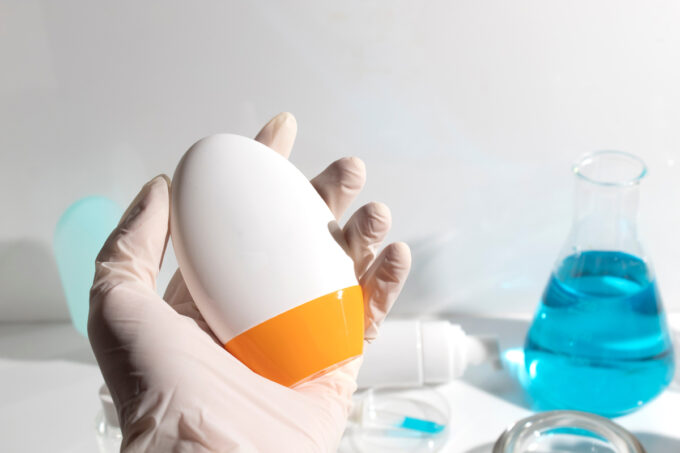
A recent sunscreen controversy has raised serious questions about product testing and transparency, not just in Australia, but across the global skincare industry. What began as a local investigation into misleading SPF claims has now sparked a wider conversation about how consumers can truly know whether their sunscreen is doing its job or not.
What was the issue and what happened?
Consumer testing revealed that, in Australia, many sunscreens failed to provide the level of sun protection stated on their labels. Some products that promised SPF 50+ were found to offer only a fraction of that protection: in extreme cases, as low as SPF 4. The scandal also impacted the US, although in a much more limited number of products.
Following these revelations, regulatory authorities removed numerous sunscreens from the market, many of which shared the same underlying formulation. The discovery highlighted a systemic issue rather than isolated product failures.
The testing problem

At the heart of the scandal lies a critical flaw: inconsistent and unreliable SPF testing. Unlike in countries such as the United States, where sunscreens are regulated as over-the-counter drugs under strict FDA standards, some regions and states treat them more like cosmetics, meaning testing can be outsourced to private labs with varying levels of oversight.
This looser framework leaves room for discrepancies and reduces transparency around how protection levels are verified.
Why it is important
For countries with high UV exposure and elevated rates of skin cancer, sunscreen is not just a beauty product, it’s an essential health tool. When SPF labels can’t be trusted, consumers’ safety is directly at risk. The controversy underscores a broader truth: SPF testing is more complex and less standardized than most people realize. Even small changes in formulation, ingredient quality, or testing conditions can dramatically alter protection levels.
Relying on a competent laboratory, one that integrates a quality system and follows approved guidelines, is a critical factor for our safety
A Global wake-up call
This incident has become a wake-up call for the entire sun-care industry. It shows how fragile consumer trust can be when science, regulation, and marketing fall out of sync. Experts agree that the path forward requires stricter oversight, greater transparency, and clearer communication about how SPF values are tested and verified.
For consumers, it’s also a reminder to stay informed, and to favor brands that openly share their testing data and adhere to recognized international standards. While regulators and companies work to strengthen testing systems, individuals can take steps to protect themselves effectively by, for example, choosing sunscreens from brands that disclose independent testing results, replace products regularly — filters lose effectiveness over time, apply generously the product and combine SPF with other protection measures such as hats, sunglasses, and shade.
The Bottom Line
The sunscreen scandal is more than a story about mislabeled products, it reminds us that sun protection depends on trust, transparency, and science. For both brands and consumers, the lesson is clear: SPF isn’t just a number on a bottle. It’s a promise of safety, one that must be proven, not just promoted.
Rely on our expertise for cutting-edge sunscreen testing that ensures both the efficacy and safety of your products — contact us!
